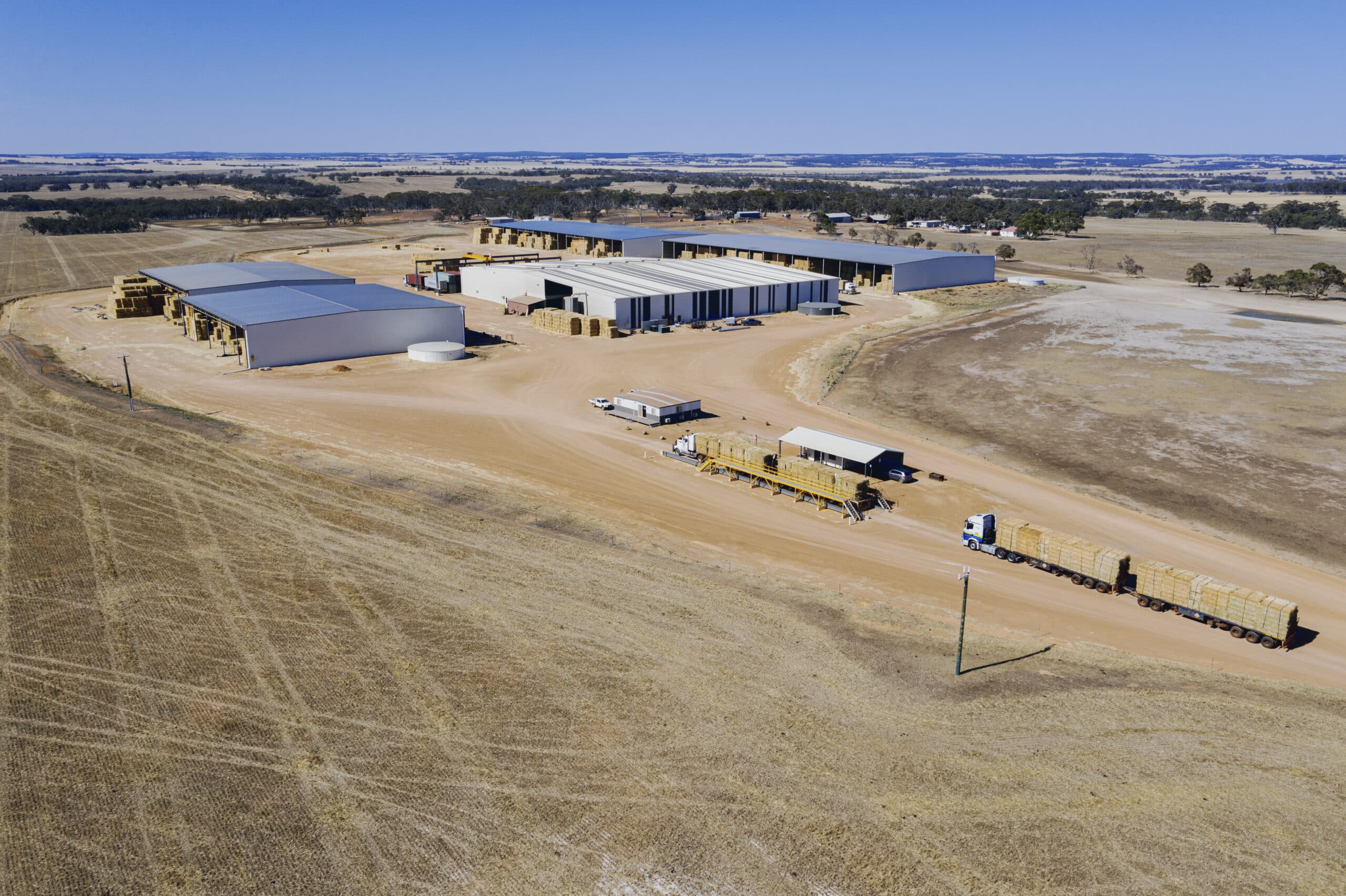A “blueprint” to guide the evolving $500 million plus export fodder industry through the next five years, the plan builds on foundational agronomic and market access work, while also considering future industry challenges and opportunities.
Industry-led development to facilitate a robust and adaptive industry
Understanding industry needs is at the heart of the Strategic RD&E Plan and its development. A range of industry stakeholders contributed to the plan to ensure it is inclusive and accurately captures the current export fodder industry priorities, while also guaranteeing the industry is best placed to adapt to future challenges.
AgriFutures Australia Manager, Research Export Fodder, Ginger, Pasture Seeds, Emma Rodham (nee Hand), said this Strategic RD&E Plan is “future focused” combining big-picture blue sky research with practical market development and on-farm productivity priorities.
“It’s about delivering a robust and agile industry,” she said.
“Part of this includes, understanding market specifications for existing, new and emerging markets to capitalise on opportunities as they arise, while producing top quality fodder to maintain and deliver value to existing customers.”
The consultation process, for this Strategic RD&E Plan, asked industry stakeholders to consider a range of future scenarios, including challenges and opportunities, in the next five to 10 years.
Ms Rodham said this approach to planning provided scope to prioritise vital on-farm goals such as adoption of R&D outputs, while investigating technology for benefits across the entire supply chain.
“The first AgriFutures Export Fodder Program Strategic RD&E Plan, developed five years ago, was focused on the fundamentals of export fodder production, this has been carried through to this plan and outlined in the first priority,” she said.
“Thanks to that solid base, we are now in a position to concentrate on the future and drill into exciting research and technology opportunities that can really help grow the industry.”
Four priorities to drive research and development for productivity and sustainability
The priorities developed for the AgriFutures Export Fodder Program Strategic RD&E Plan (2021-2026) include a balance of productivity and sustainability actions.
The Strategic RD&E Plan considers current market access challenges while also acknowledging the scope for productivity improvements with the transition of the National Oat Breeding Program to a commercial model.
Four priorities underpin the AgriFutures Export Fodder Program Strategic RD&E Plan:
- Production of high-quality export-grade fodder.
- Continued access to export markets.
- Supporting innovation across the supply chain.
- Increased adoption of R&D outputs by industry.









